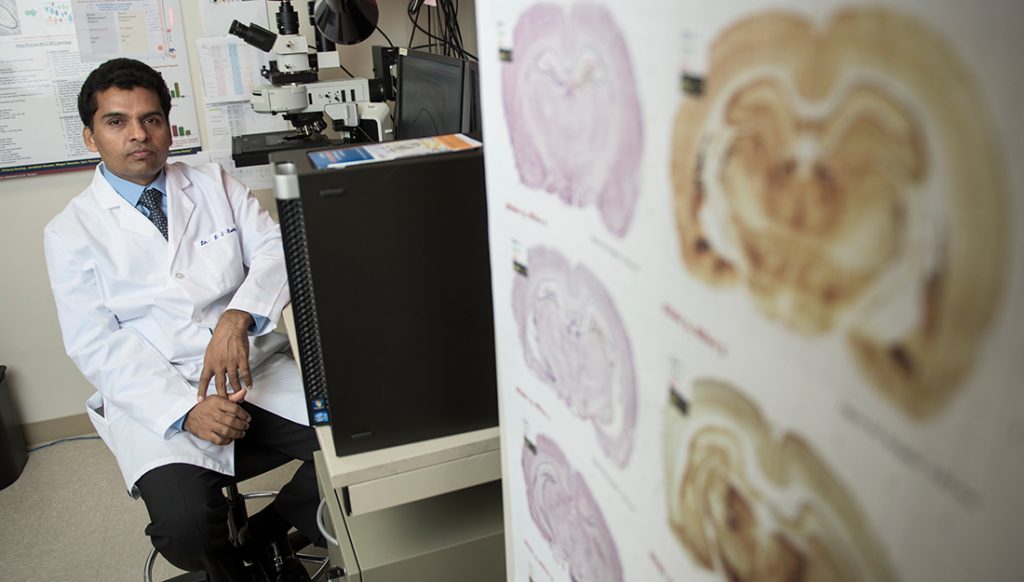Treating epilepsy in women requires new approach, research suggests

It is well known that genetic differences between men and women can play a key role in susceptibility to disease. The underlying mechanisms and physiology contributing to these differences are numerous and complex—sorting them out is similar to trying to solve a puzzle with an infinite number of pieces.
Currently, a major concern for neuroscience researchers and physicians is the difference in the incidence rate and severity of epilepsy between males and females. A key player in many of these differences is the variation in hormone levels and receptor types between the two sexes. Clinical research has shown that men are more likely to have epilepsy than women, but women have epilepsy that is harder to treat. These differences have made it increasingly difficult to find therapeutic interventions for epilepsy, because physicians often prescribe the same medication to patients, regardless of sex. Often, this can cause additional problems by introducing undesirable side effects and providing inadequate neuroprotection against epilepsy.
“You can’t just ask women to take the same epilepsy medication that a man is taking,” said D. Samba Reddy, professor of neuroscience and experimental therapeutics at the Texas A&M College of Medicine. “Lots of times they will complain: ‘Hey doc, it’s not working.’ So, the doctor will increase the dose, but then the women start experiencing adverse side effects. Physicians should understand that the female brain is different and responds differently to medication.”
Reddy and his team recently published research in the journal Epilepsia that has served as the missing puzzle piece in the overall picture of using neurosteroid therapy to treat epilepsy in men and women. It is the final product of 15 years of research on receptor distribution, neurosteroid therapy, catamenial epilepsy, and mechanisms for extrasynaptic δGABA-A receptors. This latest paper has indicated that the difference in extrasynaptic δGABA-A receptor levels between men and women is responsible for the difference in response to neurosteroid therapy for epilepsy. Essentially, this means that designing personalized, sex-specific treatment is critical for treating women with epilepsy.
“Women tend to have more extrasynaptic δGABA -A receptors than men,” Reddy said. “These receptors are sensitive to neurosteroids and play a crucial role in mediating tonic inhibition in the brain, which keeps the electrical activity at a safe level. Without tonic inhibition, the brain can get overexcited and fire when it should not, which causes seizures. This higher number of δGABA-A receptors in women is why they react much better to neurosteroids and are more protected from epilepsy with neurosteroid treatment. In men, there are fewer δGABA-A receptors, which means they have a lower level of tonic inhibition, so they are more prone to seizures.”

